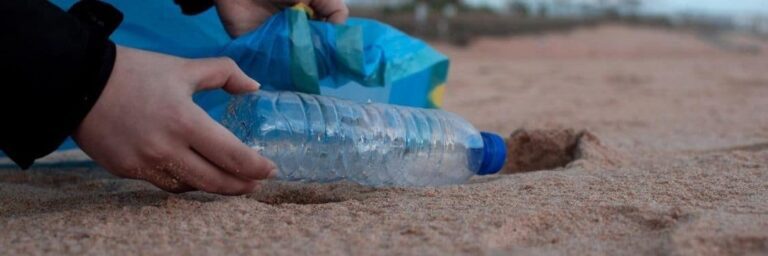Refrigerators, air-conditioners, freezers and dehumidifiers contain hazardous refrigerant material that can affect the environment negatively. It is dangerous and illegal to deposit the items without removing the refrigerant. Moreover, the process of removing the refrigerant is dangerous and requires the services of a qualified technician. The local recycling and the bounty programs will ensure that your dehumidifiers are recycled properly.
The Dangers
Most dehumidifiers come with a chemical refrigerant known as hydrochlorofluorocarbon or simply the HCFC. If released to the air, the chemical functions as a greenhouse gas and damages the ozone layers. That alone makes it damaging to the environment. In the year 2015 alone, people dumped over 2 million dehumidifiers globally and most of them contain this hazardous chemical.
By disposing of an old dehumidifier in the right way you will ensure that the HCFC does not get into the atmosphere and you will prevent the probable damages to the ozone layers. Even though most of the dehumidifiers manufactured after the year 2010 do not contain HCFC, they contain hydrofluorocarbon (HFC) refrigerant. The refrigerant requires careful handling because it is a greenhouse gas.
How do you dispose of a dehumidifier?
The purpose of a dehumidifier is to remove any excess moisture from the air. To achieve that, the dehumidifier cools the air, which it draws into its chambers to cause condensation. It stores the condensed moisture in a holding tank that the user has to empty regularly. The process of cooling the air in the unit relies on HFC or HCFC. Due to the gas, you cannot just throw the dehumidifier or any other home appliance that contain it anyhow.
To dispose of the dehumidifier, you will have to contact the local waste facility because they might accept the dehumidifier. If they accept it, your disposal process will be over. If they do not accept it, which is possible, you should contact a rubbish removal service to schedule an appointment.
They will pick up the dehumidifier and remove the hazardous gas and charge you an amount for the service. They will know how to safely handle the goods and dispose of it accordingly. You won’t need to worry about disposing of the dehumidifier with a rubbish removal service. They will take care of everything for you.
Keep in mind that some communities mandate recycling. By taking it to the local public recycling centre, you will have avoided most of the associated hassles. Remember to call your local recycling centre to know whether they can accept any small appliance such as your empty dehumidifier.
Bounty Programs
To encourage proper disposal of old appliances, electric companies in most areas are now offering rebates or bounties for the recycled freezers, refrigerators, window units and dehumidifiers. You can contact your electric company to know whether they provide such services.
If they do, they are likely to accept the appliances in the right condition or those they produced after a particular year. For companies that have such requirements, you will have to check the dehumidifier to know whether it is eligible.
Some retailers may recycle the appliance
Some retailers may collect dehumidifiers and refrigerated appliances, especially those in the right condition for recycling. Others might offer discounts for people who want to replace the units if they trade for the old ones.
Before you trade back the dehumidifier or resell it to the retailer, ensure that the recycling program of your state has certified the company. An outdated or inefficient appliance might use more energy and uncertified suppliers are likely to sell such appliances to the customers who are unaware of the effects. They might also dispose of them illegally.
If your retailer is not among the certified recyclers and your utility company does not collect dehumidifiers, you can contact the local authorities to know about safe disposal processes. If you have a large dehumidifier, schedule a rubbish removal team for fast rubbish pickup.
Alternatively, you can transport the dehumidifier to the hazardous waste disposal facility or have technicians remove the HCFC or HFC before you dispose of it. The job requires special equipment and training. Do not try to do it the DIY way.







